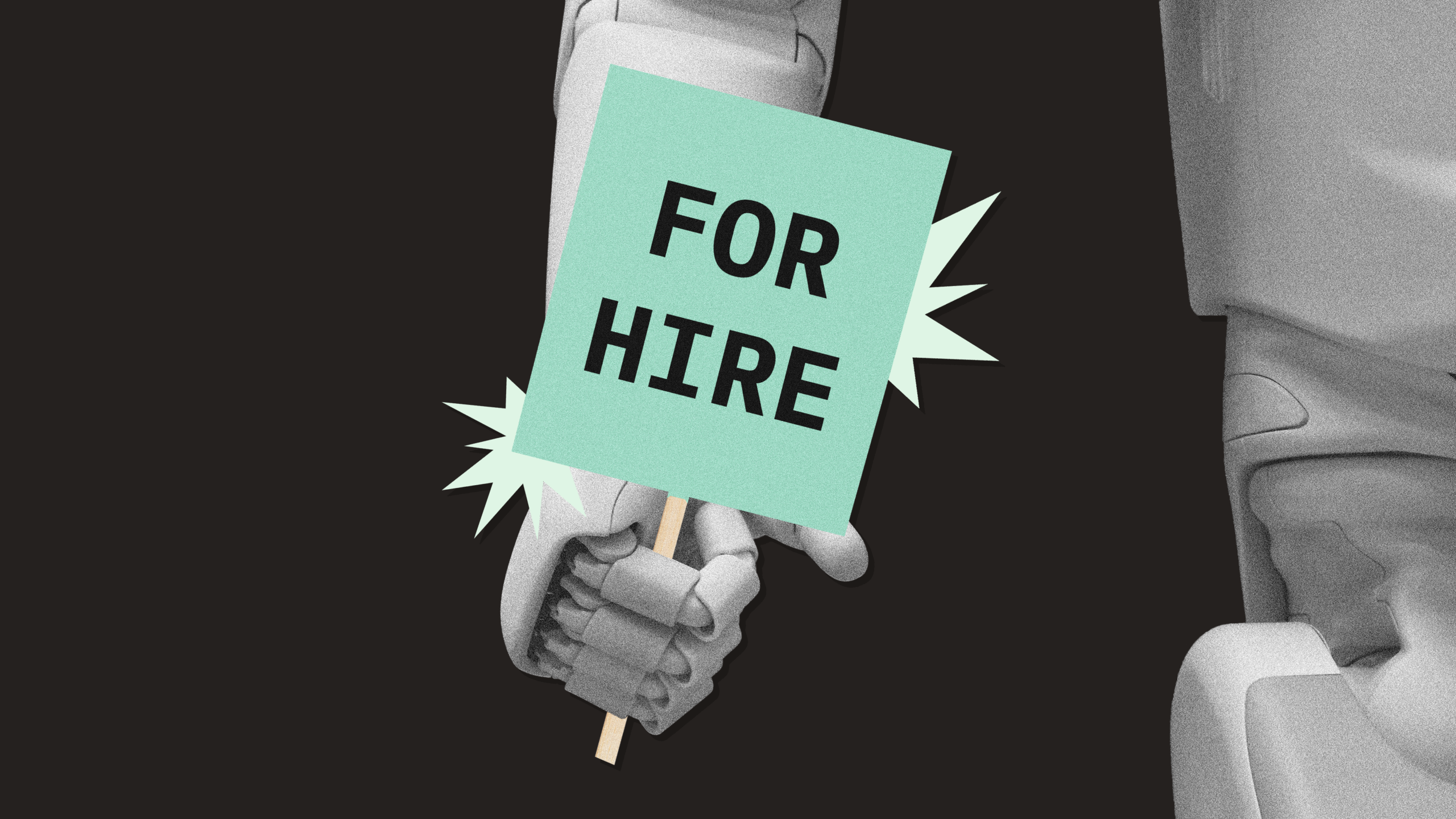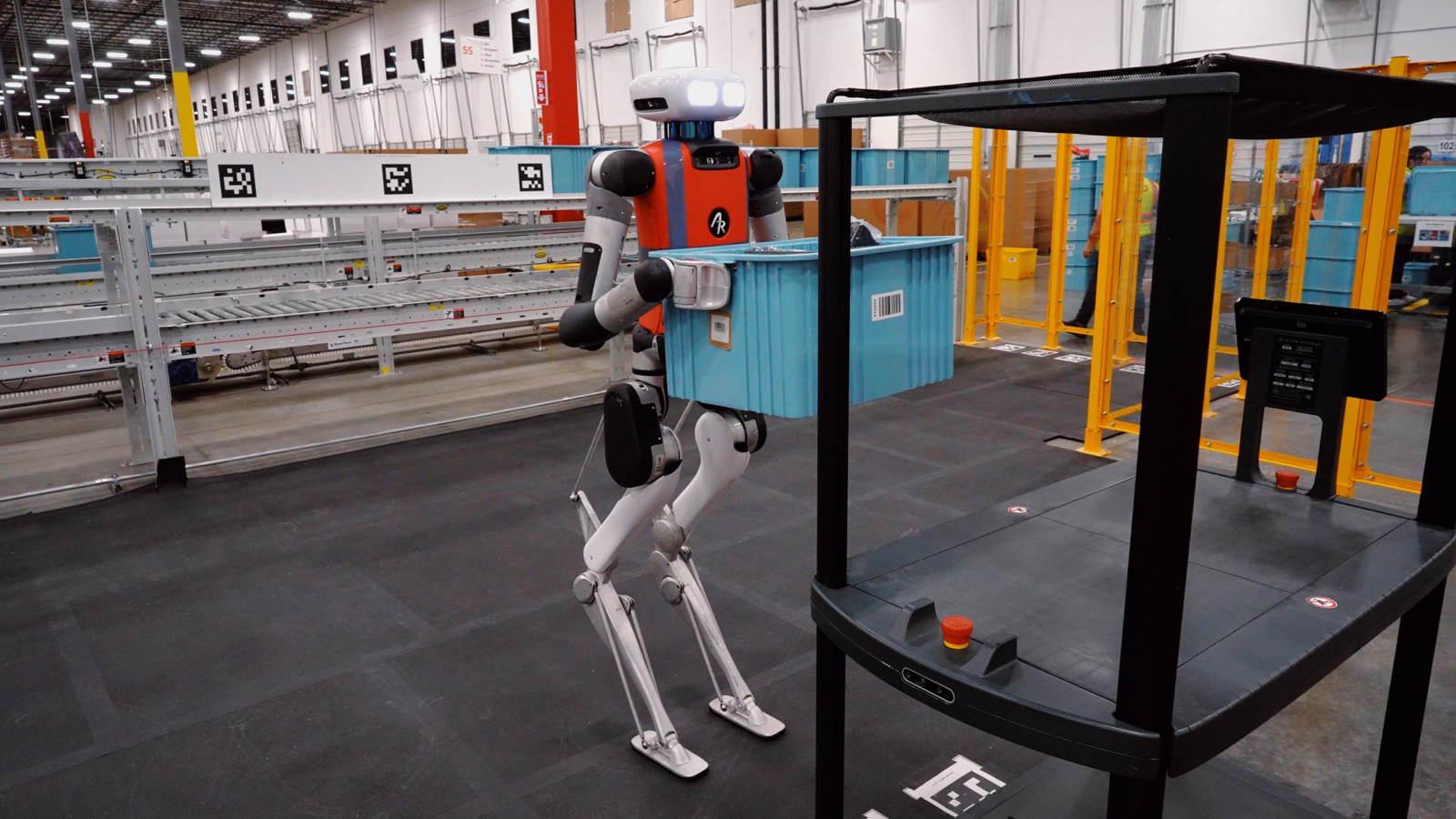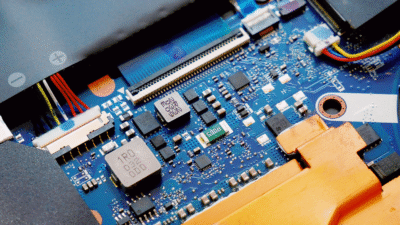Humanoid Robots Have Arrived
Humanoid robots are taking their first tentative steps into the real-world workforce. But will they pass their probation period?

Sign up for smart news, insights, and analysis on the biggest financial stories of the day.
For as long as we’ve envisioned robots, they’ve more or less looked like humans. Maybe they have an effete manner (C-3PO) or kleptomaniac tendencies (Bender from Futurama), but they’re identifiably human, unlike what we’ve been seeing in the real world of robotics today. But a handful of startups such as Figure AI, Agility AI, and Apptronik have been pouring millions of dollars into research toward creating all-purpose bipedal robots for years and garnered heavy-hitting investors. In February, Figure AI raised $675 million from Microsoft, OpenAI, Nvidia, and Jeff Bezos.
And now is when all that R&D cash becomes something marketable, as the first of those models enter the working world with the rest of us. Large companies including Amazon and BMW have said they plan to trial some of those robots this year. The big question is: Will these robots pass their probation period?
Four Legs Good, Two Legs Bad
In the modern industrial world, robots are pretty bespoke. Whether it’s grabbing parts of cars or ferrying items around a warehouse, robots can be built to perform one specific task while remaining as stable as possible. For this new bipedal generation, however, the idea is to build one model that can be plonked into a wide variety of situations that their too-often wheeled brethren would struggle to navigate.
But creating a humanoid form that interacts with its environment is an order of magnitude more difficult than something with a Roomba-esque center of gravity. One of the world’s most well-publicized bipedal robots, Boston Dynamics’ Atlas, is famous for its mastery of parkour. That’s fine for circus tricks, but getting a bipedal robot to balance in real-world working conditions is extremely difficult.
Dr. Jonathan Aitken, a robotics researcher at the University of Sheffield, told The Daily Upside that as soon as a bipedal robot lifts something, the problems start. “Robots that are wheeled are nice and simple because they’re not going to fall over at any point,” he said. “[Four-legged] Quadrupeds are relatively simple because you can keep the center of mass between the two [sets of] legs,” he added. Some quadruped robots, like Boston Dynamics’ Spot, already exist. “Bipeds, as soon as you try and walk, the center of mass is going to move,” he said. As a human, you’re instinctively able to adjust your center of gravity when you pick up a box, for robots that’s an incredibly complex feat of software engineering. “When we’re designing algorithms to do that, a lot of state-of-the-art algorithms need a lot of human tweaking,” Aitken said.
Enter AI: Although it’s mostly been engineers stuck fine-tuning algorithms to teach robots not to fall over, Aitken said the advent of generative AI has the potential to solve that problem. Nvidia, the AI boom’s 800-pound gorilla, unveiled a new foundation model for humanoid robots this month called GR00T, and Aitken thinks it’s a potential game-changer. “Traditionally, we’ve had to engineer those algorithms and then get them running quickly enough for whatever piece of hardware we’ve been looking for,” he said, adding that models like Nvidia’s mean they need to be far less “hand-tweaked.”
There is a downside, however, as the more AI-engineered the algorithms become, the less human engineers understand how they work. Aitken said the complexities become like a black box. “We don’t necessarily understand exactly what’s going on in there.”
Mechanizing the Old
So then why bother with bipedal robots at all, given the design headache? Aitken says it’s because the working world was designed for the human form, and the idea is to robotize environments like warehouses and manufacturing facilities without having to radically alter an infrastructure built for people to navigate.
For Amazon, which governs its e-commerce empire with both robotic and non-robotic warehouses, that’s an exciting proposition:
- This year, Amazon is trying out bipedal robots from startup Agility AI, which makes a robot called Digit. Emily Vetterick, director of engineering at Amazon Global Robotics, told IEEE Spectrum that the company specifically wants to see how Digit does in its “older-generation buildings, where we can’t put in traditional automation solutions because there just isn’t the space for them.”
- Agility AI has also partnered up with logistics company GXO for a pilot scheme, putting Digit robots to work at a logistics hub for consumer company Spanx. (That’s right, the robots are being broken in by sorting boxes of figure-flattering pantyhose.)

But it’s not just the logistics industry starting to trial humanoid robots. In January, Figure AI announced a commercial partnership with BMW, with the idea being that Figure will deploy its Figure 01 model robot at a BMW facility in Spartanburg, South Carolina.
One of the Gang
Despite their machine-based infrastructure, humanoid robots face the same new-job conundrum as we humans do: how to get along with their coworkers. Aitken said his research has shown it’s not only important to get human workers to accept their new robotic teammates, there needs to be a level of enthusiasm. “You always have the risk, whenever you put a new technology in, that people are going to be skeptical about it and people are going to be fearful about it. Because it’s a natural fear to be concerned about your job,” Aitken said.
And we’ve already seen a couple of instances where robot makers have used small design tweaks to make their creations a bit more sympathetic:
- The original design for Agility AI’s Digit was completely headless, but the company added a head with eyes to help human workers know where the robot was headed next, Bloomberg reported.
- During an interview on the Robots For the Rest of Us podcast, Agility AI’s chief robot officer Jonathan Hurst said that the company also added fluorescent safety vests to the robots during one trial, not for safety reasons, but so they fit in better with their human peers.
We’re Gonna Talk about AI Again: One prior obstacle to filling a warehouse with sophisticated robots was that it required engineers or programmers to help tell the robots what they’re meant to be doing. Now, however, generative AI makes it much easier to build a robot with natural language processing — i.e., anyone can just tell them what to do. “The first thing we’re going to see… certainly on the shop floor, or a manufacturing floor [is] getting away from having to program robots the same way,” said Aitken, adding, “we open up the amount of workforce who can work directly with the robot. You don’t have to have a computer science degree. You don’t need to be an expert programmer in this language or that language or […] whatever specific language the robot manufacturer wants to use.”
Salary Discussion
Ultimately, whether humanoid robots will be a regular sight in warehouses, assembly lines, and beyond will come down to cost. IEEE reported that one of Agility AI’s Digit robots would come in under $250,000, and with a minimum targeted lifespan of 20,000 working hours, IEEE puts the robot’s wage at around $12.50 an hour, and Goldman Sachs forecasts that the market for humanoid robots to hit $38 billion by 2035. Ultimately it will all come down to how well the robots perform. Aitken suspects that for the foreseeable future, only large companies will have an actual use case for bipedal robots. “Large manufacturers are going to be the target, and with robots that have quite a narrow set of skills,” he said. So even though Figure AI has showcased Figure 01’s ability to make a cup of coffee, don’t expect robot baristas just yet.











